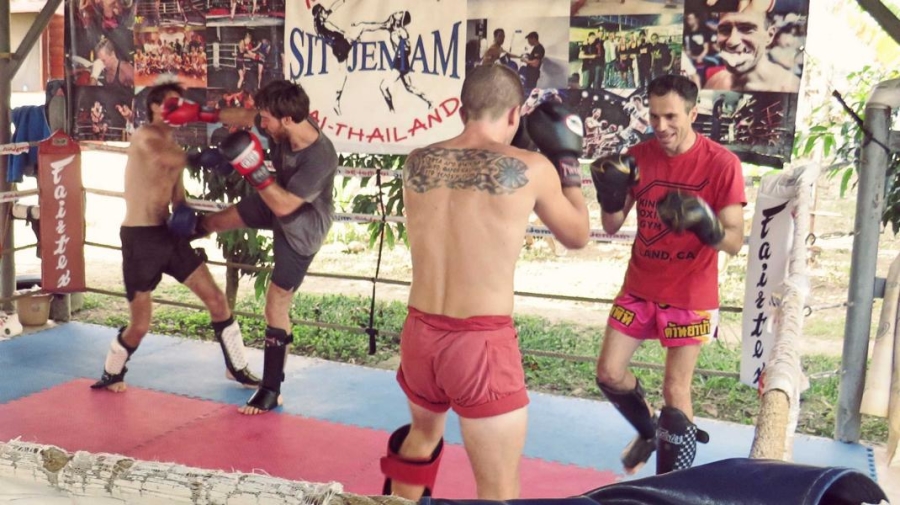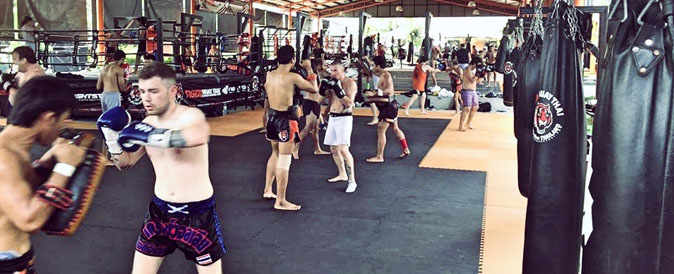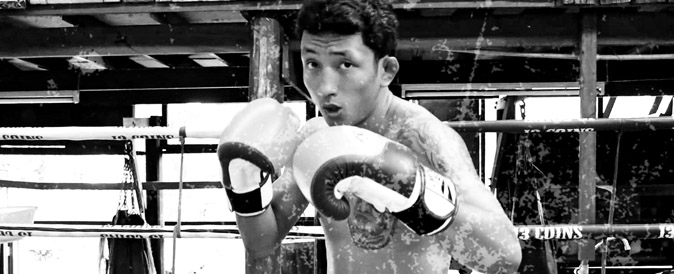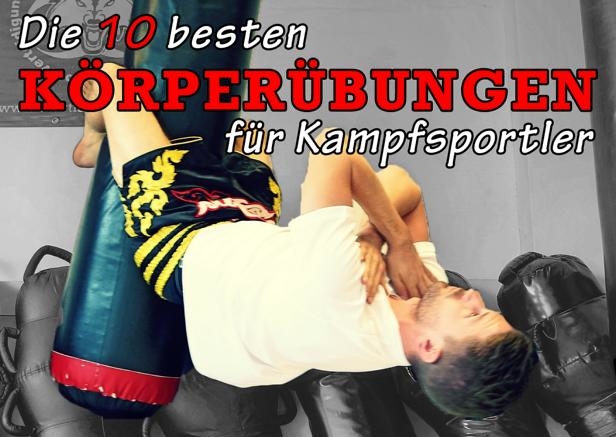If you are training martial arts and participating in competitions, or if you are a beginner and you are a sparring wi9th more experienced partners, then you probably know that feeling…
FEAR
You are not alone … I am sure every competitor and athlete has to deal with it and that it is important, if you want to develop your fighting skills further.
You may be wondering how to overcome the fear of a fighting. In this article, I will give you a few approaches. But first of all, the state “fearless” does not exist in combat. Even a Mike Tyson was afraid prior every fight. You can only learn how to deal with your fears and face them.
If you keep putting yourself in fear situations, you’re become friends with it. You learn to handle it and you become more relaxed. Do not let your fear stop you!
To reach this level of “fear-friendliness”, you need a practical approach to familiarize yourself with fear.
People do not jump directly into the deep sea, if you can not swim. You first learn it in shallow water.
By that, I mean that you do not compete directly. The path to control anxiety, is laid in training, specifically in sparring.
Unfortunately, it is far too often the case, that in sparring beginners and experienced competitors face each other. Often the fighter also has a huge ego and just want to dominate, rather than helping each other, in sparring, in the development for both.
This will spoil your fun in the long run, if you have a serious interest in becoming good at martial arts and not just swinging hooks like brain retarded. Look for a serious gym.
To reduce the fear of fighting step by step, as a trainer or student you can apply the following developmental steps,
Protective Gear
Especially in the beginning, it is important that protective equipment is used, since beginners often can not control their strength and their movements, this sometimes leads to unintentional injuries.
For full-contact sports such as boxing, Muay Thai or M.M.A. (Striking) you should start at the beginning with the full equipment. Gloves (at least 14oz.), Shin guards, helmet, mask, and groin guards.
This gives a sense of security, which makes it possible, to get more control over fear.
The more you have progressed as an athlete, I recommend you to get rid of the protective equipment (gloves, mouth protection and groin guard can remain, as they are also obligatory in competition).
You have to learn to control your power, even during sparring with your partner. In the end, protective gear tempts you to use too much power, which prevents the application of techniques. Power is nothing, without control!
Reduce the techniques in sparring
The second step is to reduce the number of allowed techniques and / or targets. Knowing where you get attacked, gives you the feeling of control and the fear will be less.
- For example, allow only straight punches (technique) in the stomach (target).
- Or only allow roundhousekicks (technique) to the body (target) and straight punches (technique) to the head (target)
Gradually, techniques and targets can be increased, until a student is ready to spar free.
Work with the partner, not against him
Often it will happen during sparring that it almost degenerates into a competition. Often people want to proof, that they are better than their partner and this is followed by frustration for the partner, who has a lower level. Therefore … leave your ego at home and work with your partner , not against him. So you can both evolve.
Reduce the speed in the sparring
In the beginning, all movements should be done very slowly. Who races, dies. Is even written on German highways.
As you slowly fight with your partner, you develop the ability to see attacks before they reach you.
This changes your mindset from reactive to active, as you remove an element of surprise.
If you can handle the fear better, you can gradually increase the speed.
These would be my recommendations to learn in advance during sparring, to control fear. The next step would be competition and that’s totally another story.
Fight in a safe and controlled environment
There are always martial arts galas, on which bloody beginners are thrown into the ring, without any protective gear and then the fight starts.
If you want to fight, which is the best way to get your fear under control, make sure your coach lets you attend in a proper event. Protective gear should definitely be used in your first fights and I would not fight at every fun fair in your position.
Martial arts tournaments are often a good starting point, as there are regulations to protect the fighters. On galas everything is settled mostly among organizers and coaches, to the disadvantage of fighters.
In your first fights helmet and shin guards should definitely be used. You will still get a few hard blows, but you’ll realize it’s not too bad and you’ll gain more control from fight to fight.
Prepare yourself mentally
If you already have a few fights after you, you may be more controlled with your fear. But every fighter still has it and tries to handle it.
Before the fight you should be mentally ready. Not directly from the work, which shitty anyway, to the event and straight into the ring. Take time for yourself and come to rest before the fight.
If you practice meditation, this is the best way to get a your feelings under control, before the fight.
Me myself, in particular, I avoid watching the competitions before my own fight. When I already see someone being taken apart or injured, that only makes me nervous. That’s why I advise you, to rest until it is your turn.
My last advice …
Gather experience, but do not exaggerate it
With each fight you become more relaxed and know how to handle your fear. But that does not mean, you have to get into the ring every two weeks to get your fear under control. Regeneration and training is important. It is a lifelong process in which you will never reach the state of “fearless”. Therefore … you have all the time in the world, take it!






















Schreibe ein Kommentar!